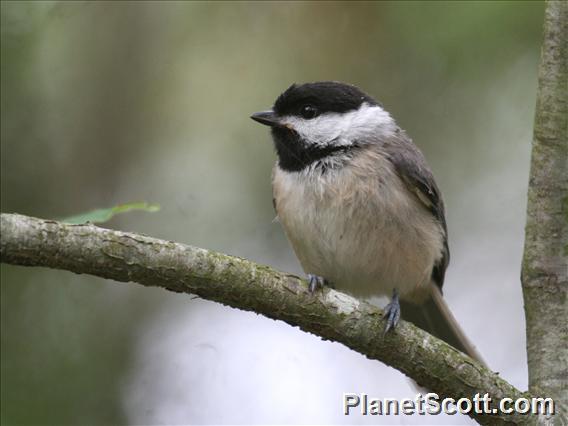Carolina Chickadee (Poecile carolinensis)

Carolina Chickadee (Poecile carolinensis)
×


Carolina Chickadee (Poecile carolinensis)
About Carolina Chickadee (Poecile carolinensis)
- Kingdom: Animals
- Phylum: Chordates
- Class: Birds
- Order: Perching Birds
- Family: Chickadees and Titmice
The Carolina chickadee is a small passerine bird in the tit family Paridae.
Source: Wikipedia
Visits
-
2001-03-09
Ocala National Forest, United States of America -
-
2013-03-04
John Heinz NWR at Tinicum (IBA), United States of America -
2013-04-16
Aransas NWR (CTC 037) (Aransas Co.), United States of America -
-
-
-
-


